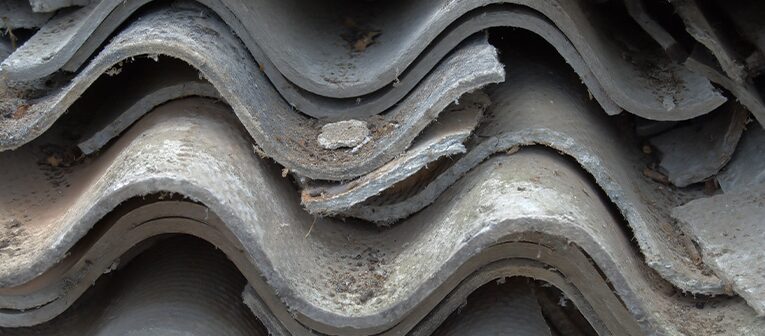- No products in the cart.

Master Builders has long recognised the importance of a strategic approach for the removal of asbestos from existing buildings and therefore welcomes the Asbestos Safety and Eradication Agency’s (ASEA) release of its National Strategic Plan for Asbestos Management and Awareness 2014-18.
“In particular, Master Builders strongly supports the amendments to the Plan that consider the practicality of removing all asbestos-containing material (ACMs) from the built environment. The revised removal strategy instead seeks to identify priority areas where ACMs may present as a risk,” Wilhelm Harnisch said.
“We particularly welcome the recognition of the seriousness of that asbestos poses to the safety of those working in the commercial and residential building sectors, home owners and the wider community,” Wilhelm Harnisch said.
According to ASEA, Australia has one of the highest per-capita rates of mesothelioma in the world (in 2012, 652 Australians died from the disease). Despite a national total ban of the use and importation of asbestos coming into place in 2003, many products that contain asbestos are present in our built environment today.
It is estimated that up to one in three Australian homes contain some kind of asbestos. Based on current data, ASEA predicts that as many as 25,000 Australians will die from Mesothelioma over the next 40 years.
Master Builders also welcomes the six point strategic approach of the Asbestos Safety and Eradication Agency’s approach to seek a coordinated approach from industry stakeholders and a common approach from state and territory governments in dealing with the problem of asbestos safety and eradication which includes:
- Awareness – increasing public awareness of the health risks of working with and being exposed to asbestos.
- Best Practice – identifying and sharing best practice in asbestos management, education, handling, storage & disposal.
- Identification – improving the identification and grading of asbestos and sharing information regarding the location of asbestos-containing materials (ACMs).
- Removal – identifying priority areas where ACMs may be present & review removal infrastructure to estimate if safe removal is practicable.
- Research – Commissioning, monitoring and promoting research in the prevention of asbestos exposure.
- International leadership – calling for a worldwide ban of asbestos mining & manufacturing.

